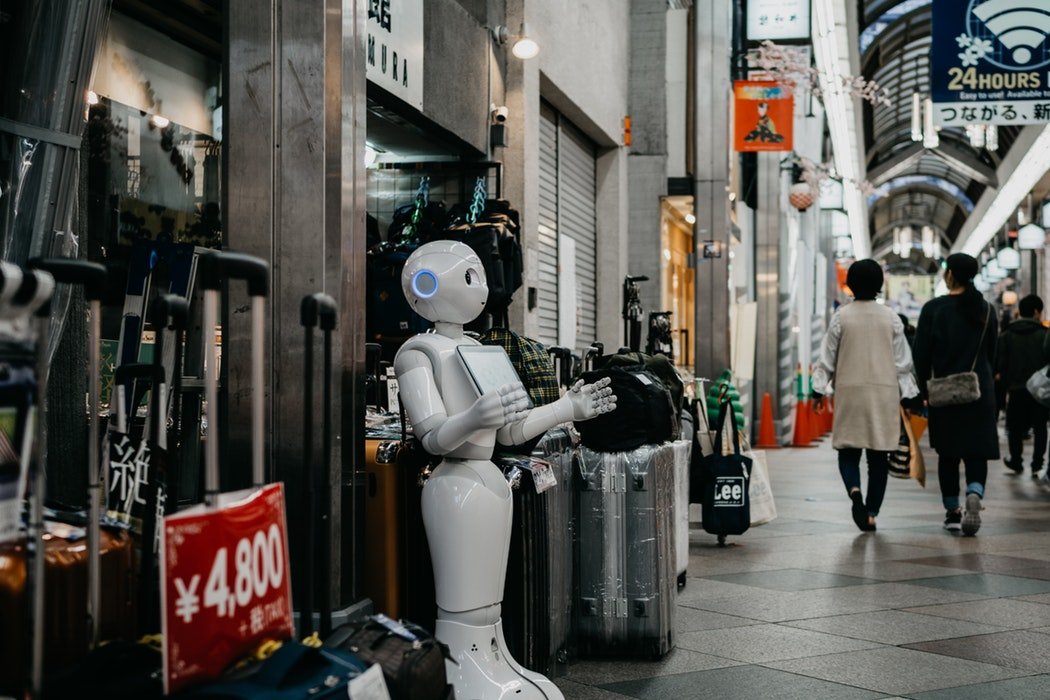Business
Adopting AI in a workplace and making it successful
The algorithm of an artificial intelligence relies heavily on its purpose, so businesses have to delineate why the project is created in the first place.

Several potential disruptors are falling in line for technology. It was the cloud that reinvigorated the digital world a few years back, but now that the dust has settled, a new technology is set to take charge. Looking forward, it seems like the next big step in the digital world is artificial intelligence (AI) as it is becoming more accessible than ever.
AI is growing at a rapid rate, and what’s coming out of it is an array of new hardware that helps accelerate machine learning and deep learning. Being a part of the growing technology is not as hard as it sounds. AI isn’t exactly limited to big brands like Amazon that has launched its first AI-based service called SageMaker.
Applying AI is as easy as following three simple steps, says Entrepreneur. The first and possibly most crucial step is starting up. At its core, AI engineering is basically software engineering. This means companies that want to integrate the technology should build a solid foundation through good source control and code. They should also avoid beating around the bush and build the AI as if they are preparing for its full production already. This allows for cleaner and more elaborate AI.
Companies should also think of small-scale operations first. As far as AI has come as a technology, it is still rather complicated. One minor error could lead to errors on a grander level. By starting small, companies are able to build a solid foundation from which they could help develop the AI into something much bigger.

In order to have a fully functional AI, a company must develop its own software engineering tailored to its corporate needs. (Source)
To see if the project is effective, the makers should then pass it through human judgment. In the case of companies and businesses, they should run the AI through their clients. There is no better way to test the effectiveness of an AI software other than running it through a complete test. Through these, companies will be able to see all the improvements they need to make.
Of course, integrating an AI project and making it a successful venture are two completely different problems to tackle.
Making an AI project successful requires critical thinking and planning. It begins with the consideration of what the purpose of the AI is. For instance, it could be used to help consumers shop through an online store. What’s important is that it should have a clear goal to minimize problems caused by a confusing algorithm.
The people behind the project should also carefully choose the tasks they want automated. AI isn’t meant to replace the human workforce but it can be effectively used as a complement to them. The human workforce can work faster with the help of AI, and this is something always worth considering.
Companies could also opt to shift their human workforce to higher value social tasks like interacting with customers. This way, both the AI and the human workforce are able to do their own tasks.

-

 Crowdfunding1 week ago
Crowdfunding1 week agoa2censo Expands Crowdfunding Access for SMEs and New Investors
-

 Markets4 days ago
Markets4 days agoRice Market Rebounds from Oversold Lows Amid Weak Demand
-

 Markets2 weeks ago
Markets2 weeks agoMixed Market Trends as Global Coffee Growing Conditions Improve
-

 Fintech1 week ago
Fintech1 week agoPayPal Under Fire: Excessive Data Collection and Privacy Concerns in Advertising




















You must be logged in to post a comment Login